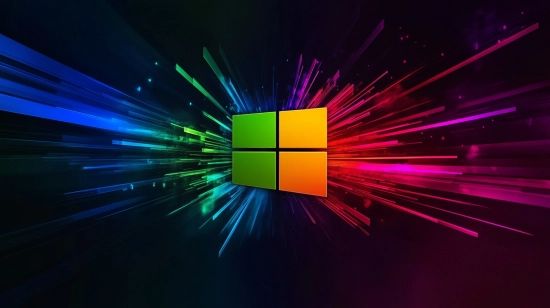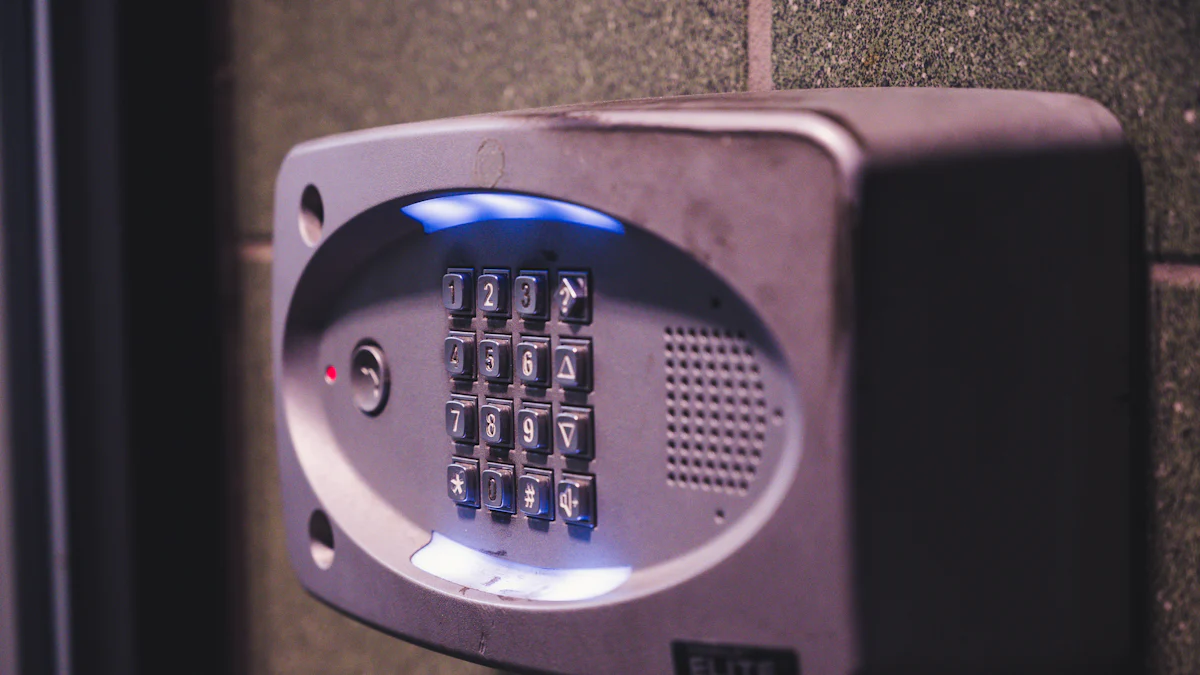Microsoft’s GitHub Integration

Integrating GitHub with Microsoft services revolutionizes your work experience through GitHub Integration. You gain seamless access to tools that boost productivity. Developers and teams benefit greatly from this GitHub Integration. You can streamline workflows and enhance collaboration effortlessly. This integration process offers a unique opportunity to leverage powerful GitHub Integration features. Imagine managing your GitHub projects directly within Microsoft Teams through GitHub Integration. It simplifies communication and keeps everyone on the same page. Dive into this GitHub Integration and unlock new possibilities for your projects.
Before You Start
Essential Commands
Command for Initial Setup
Before diving into the integration, you need to set up your environment. Start by opening your terminal or command prompt. Type the following command to initiate the setup:
git init
This command initializes a new Git repository. It lays the groundwork for integrating GitHub with Microsoft services. Make sure you run this command in the directory where you want to manage your project.
Command for Verifying Integration
Once you've set up your environment, it's crucial to verify the integration. Use this command to check if everything is connected properly:
git remote -v
This command lists all the remote connections associated with your repository. Look for your GitHub repository URL in the output. If it appears, your integration is successful.
Preparing Your Environment
System Requirements
To ensure a smooth integration, your system must meet certain requirements. Here's what you need:
Operating System: Windows 10 or later, macOS 10.15 or later, or a compatible Linux distribution.
Git: Version 2.0 or higher installed on your machine.
Internet Connection: A stable connection to access GitHub and Microsoft services.
Check your system specifications to confirm compatibility. If necessary, update your software to meet these requirements.
Necessary Permissions
Permissions play a vital role in the integration process. You need the right access to both GitHub and Microsoft services. Here's what to ensure:
GitHub Access: You should have a GitHub account with repository creation permissions.
Microsoft Services Access: Ensure you have the necessary permissions to connect GitHub with Microsoft Teams or other services.
Verify your account settings and permissions before proceeding. This step prevents potential roadblocks during the integration process.
GitHub Integration Configuration

Step-by-Step Setup
Connecting GitHub to Microsoft Teams
Ready to connect GitHub to Microsoft Teams? This GitHub Integration makes collaboration a breeze. Follow these steps:
Open Microsoft Teams: Navigate to the channel where you want to integrate GitHub.
Add GitHub App: Click on the "Apps" icon and search for "GitHub." Add it to your channel.
Authenticate: Log in with your GitHub credentials. This step links your GitHub account to Teams.
Select Repositories: Choose the repositories you want to monitor. This selection ensures you receive updates directly in Teams.
This GitHub Integration keeps your team informed and engaged without switching platforms.
Customizing Integration Settings
Personalize your GitHub Integration to fit your workflow. Here's how:
Notification Preferences: Decide which events trigger notifications. You might want alerts for pull requests or issues.
Channel Settings: Configure which Teams channels receive updates. This setup helps you manage information flow efficiently.
Permissions: Adjust who can view and interact with GitHub updates in Teams. Control access to maintain security.
Tailor these settings to enhance your team's productivity and communication.
Ensuring Reliability
Testing the Integration
Testing ensures your GitHub Integration works smoothly. Here's a simple test:
Create a Test Repository: Set up a new repository on GitHub.
Perform Actions: Make changes like creating an issue or a pull request.
Check Notifications: Verify that these actions appear in your Teams channel.
This process confirms that your GitHub Integration is functioning as expected.
Troubleshooting Common Issues
Encountering problems? Here are some solutions:
Authentication Errors: Recheck your GitHub credentials. Ensure you're logged in correctly.
Missing Notifications: Double-check your notification settings. Make sure the right events are selected.
Access Problems: Verify permissions in both GitHub and Teams. Ensure users have the necessary access rights.
These tips help you resolve common issues and maintain a seamless GitHub Integration experience.
Deployment Notifications

Setting up deployment notifications through GitHub Integration can transform how you stay informed about your projects. You can receive real-time updates on deployments, ensuring that you never miss a beat. Let's dive into how you can configure these notifications to suit your needs.
Setting Up Notifications
Configuring Notification Preferences
To get started, you need to configure your notification preferences. Decide which events you want to be notified about. Do you want alerts for every deployment, or just the critical ones? You have the power to choose. Head over to your GitHub settings and select the events that matter most to you. This customization ensures that you only receive relevant updates, keeping distractions at bay.
Managing Notification Channels
Next, think about where you want these notifications to appear. GitHub Integration allows you to manage notification channels effectively. You can direct alerts to specific Microsoft Teams channels, email, or even mobile notifications. This flexibility means you can stay updated no matter where you are. Choose the channels that fit your workflow best, and you'll always be in the loop.
Use Cases
Real-time Deployment Alerts
Imagine getting real-time alerts every time a deployment occurs. With GitHub Integration, this becomes a reality. You can monitor deployments as they happen, allowing you to respond quickly to any issues. This proactive approach minimizes downtime and keeps your projects running smoothly. Real-time alerts ensure you're always one step ahead.
Collaboration Enhancements
Deployment notifications also enhance collaboration within your team. By integrating GitHub with Microsoft Teams, you create a centralized hub for communication. Team members can discuss deployments, share insights, and resolve issues without leaving the platform. This seamless integration fosters a collaborative environment, boosting productivity and team morale.
GitHub Integration offers a powerful way to manage deployment notifications. By configuring preferences and managing channels, you tailor the experience to your needs. Real-time alerts and enhanced collaboration are just a few benefits you'll enjoy. Dive into GitHub Integration and elevate your project management today.
Scheduled Reminders
Scheduled reminders can be a game-changer for your team. They help keep everyone on track and ensure that important tasks don't slip through the cracks. Let's explore how you can set up and customize these reminders to fit your needs.
Creating Reminders
Setting Up Reminder Schedules
To start, you'll want to set up a schedule for your reminders. Think about the tasks or events that need regular attention. Do you have weekly meetings or monthly reports? Identify these recurring activities and decide when you'd like to receive reminders. You can set them up to alert you daily, weekly, or even at specific times. This way, you stay organized and never miss a beat.
Customizing Reminder Content
Once you've got your schedule, it's time to customize the content of your reminders. Personalize them to include all the necessary details. Add specific instructions or links to relevant documents. Tailor the message to suit your team's workflow. This customization ensures that everyone knows exactly what to do when the reminder pops up.
Benefits of Scheduled Reminders
Improving Team Coordination
Scheduled reminders play a crucial role in improving team coordination. They keep everyone aligned and aware of upcoming tasks. When your team receives timely reminders, they can plan their work more effectively. This proactive approach reduces last-minute rushes and enhances overall productivity. Your team will appreciate the clarity and structure that reminders bring.
Enhancing Project Management
In project management, staying on top of deadlines is essential. Scheduled reminders help you manage projects more efficiently. They provide a clear timeline of tasks and milestones. With reminders, you can track progress and ensure that everything stays on schedule. This organized approach minimizes stress and keeps your projects running smoothly.
By setting up and customizing scheduled reminders, you create a more organized and efficient work environment. They improve team coordination and enhance project management, making your workflow smoother and more productive. Dive into the world of scheduled reminders and see the positive impact they can have on your team.
You've explored the seamless integration of GitHub with Microsoft services. This process enhances productivity and collaboration. By following the steps outlined, you can streamline your workflow and keep your team connected.
"Customization is key." Dive deeper into the settings to tailor the integration to your specific needs. Experiment with different configurations to find what works best for you.
Join the community of developers who are already benefiting from this integration. Share your experiences and feedback. Your insights can help others and drive further improvements. Embrace the possibilities and transform your project management today!
See Also
GitHub Integration with Azure DevOps for Streamlined Development
Comprehending Microsoft Azure DevOps for Programmers
Optimal Methods for Handling Code Repos with Azure Repository
The Strength of Microsoft Graph API for Programmers
The Progression of Microsoft Azure and Its Impact on Programmers
